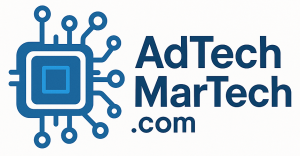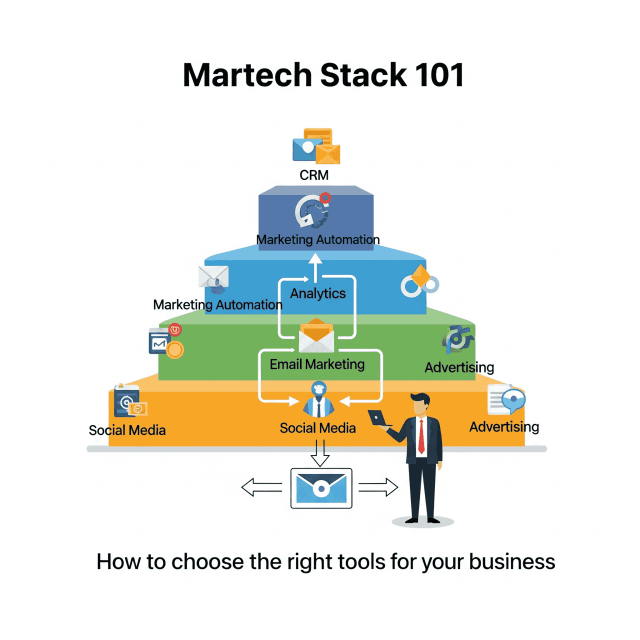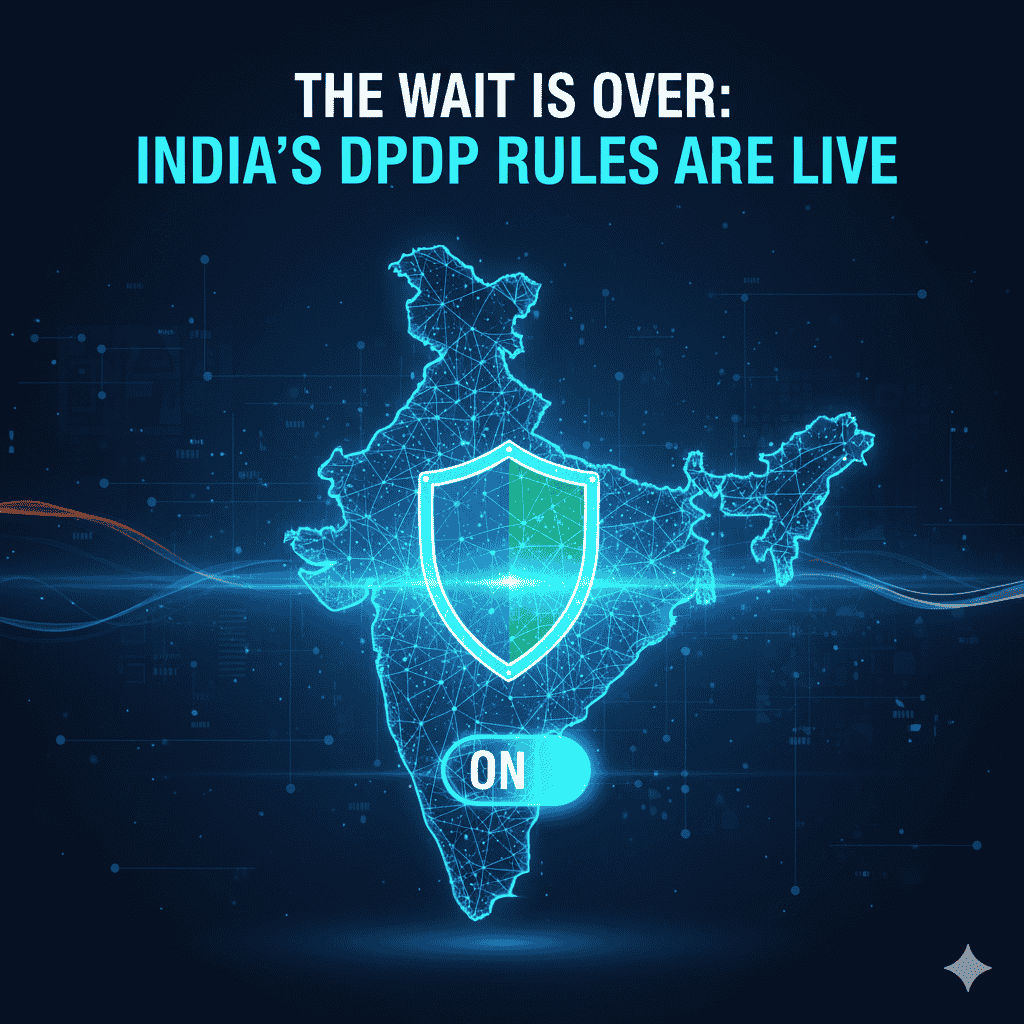In today’s data-driven world, the role of technology in marketing has become increasingly crucial. A well-organized marketing technology stack, or “martech stack,” can significantly enhance your marketing efforts, streamline processes, and improve overall campaign effectiveness. However, with a plethora of tools available, choosing the right ones for your business can be daunting. This article will guide you through the essentials of selecting the right tools for your martech stack.
What is a Martech Stack?
A martech stack is a collection of technologies that marketers use to execute, manage, and analyze marketing campaigns. This stack may include tools for content management, customer relationship management (CRM), email marketing, social media management, analytics, and more. The right mix of technologies can help streamline workflows, ensure better collaboration, and enhance customer engagement.
The Importance of a Well-Designed Martech Stack
- Improved Efficiency: By integrating multiple tools and automating repetitive tasks, a well-structured martech stack can save time and resources.
- Enhanced Data Insights: Comprehensive analytics tools allow marketers to gather and analyze data, providing valuable insights into customer behavior, preferences, and campaign performance.
- Seamless Integration: Properly chosen tools can work together smoothly, eliminating data silos and enabling a cohesive marketing strategy.
- Scalability: As your business grows, a flexible martech stack can easily adapt to new needs and incorporate additional tools.
How to Choose the Right Tools for Your Martech Stack
1. Define Your Goals
Before diving into tool selection, clearly define your marketing objectives. Are you looking to improve lead generation, enhance customer engagement, or better understand your audience? Understanding your goals will guide your decision-making process.
2. Assess Your Current Tools
Evaluate the tools you currently use. Are they meeting your needs? Are there any gaps or redundancies in your tech stack? Understanding your existing tools will help you make informed decisions about what to keep, replace, or add.
3. Identify Key Features
Once you know your objectives and existing tools, identify the features that are crucial for your success. Common features to consider include:
- Automation: Look for tools that automate repetitive tasks like email marketing and social media scheduling.
- Integration Capabilities: Ensure the tools can integrate seamlessly with one another.
- Data Analysis: Opt for tools that provide in-depth analytics and reporting features.
- User Experience: A user-friendly interface can greatly enhance team adoption and efficiency.
4. Budget Considerations
While it’s essential to choose the best tools, budget constraints cannot be ignored. Determine how much you can afford to invest in your martech stack while considering potential ROI. Explore options that offer flexible pricing models, such as pay-per-use or subscription plans.
5. Research and Compare
Take the time to research various tools and platforms. Look for reviews, case studies, and customer testimonials to gauge user experience. Compare features, integrations, pricing, and support options to identify the best fits for your needs.
6. Test and Iterate
Many martech solutions offer free trials or demos. Use these opportunities to test out the tools and assess their fit with your team’s workflows. Gather feedback from your marketing team to determine if the tool enhances productivity and achieves your goals. Be prepared to iterate on your selection based on these insights.
7. Consider the Future
When selecting tools, think about your long-term strategy. Opt for solutions that not only address your current needs but also provide room for future expansion and scalability. Choose tools that are regularly updated and aligned with emerging marketing trends.
Essential Components of a Martech Stack
While each business will have unique needs, the following are common components to consider when building your martech stack:
- Customer Relationship Management (CRM): To manage customer interactions and data.
- Email Marketing Platforms: For effective and automated email campaigns.
- Content Management Systems (CMS): To create and manage digital content.
- Social Media Management Tools: For scheduling, monitoring, and analyzing social campaigns.
- Data Analytics Tools: To track performance metrics and inform decision-making.
- Marketing Automation Platforms: To streamline campaigns and workflows.
Conclusion
Building the right martech stack is essential for modern marketers looking to optimize their strategies and drive business growth. By following these steps—defining your goals, assessing current tools, identifying key features, considering your budget, and maintaining a forward-thinking mindset—you can create a tailored solution that enhances your marketing efforts. With the right tools in place, you’ll not only improve efficiency and collaboration but also provide a better experience for your customers.








